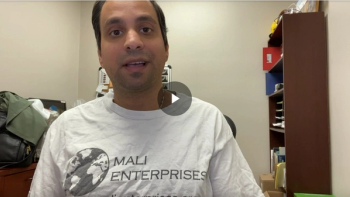
Joshua Mali, MD, talks about how the FDA approval of faricimab will change the treatment landscape for wet AMD and DME.
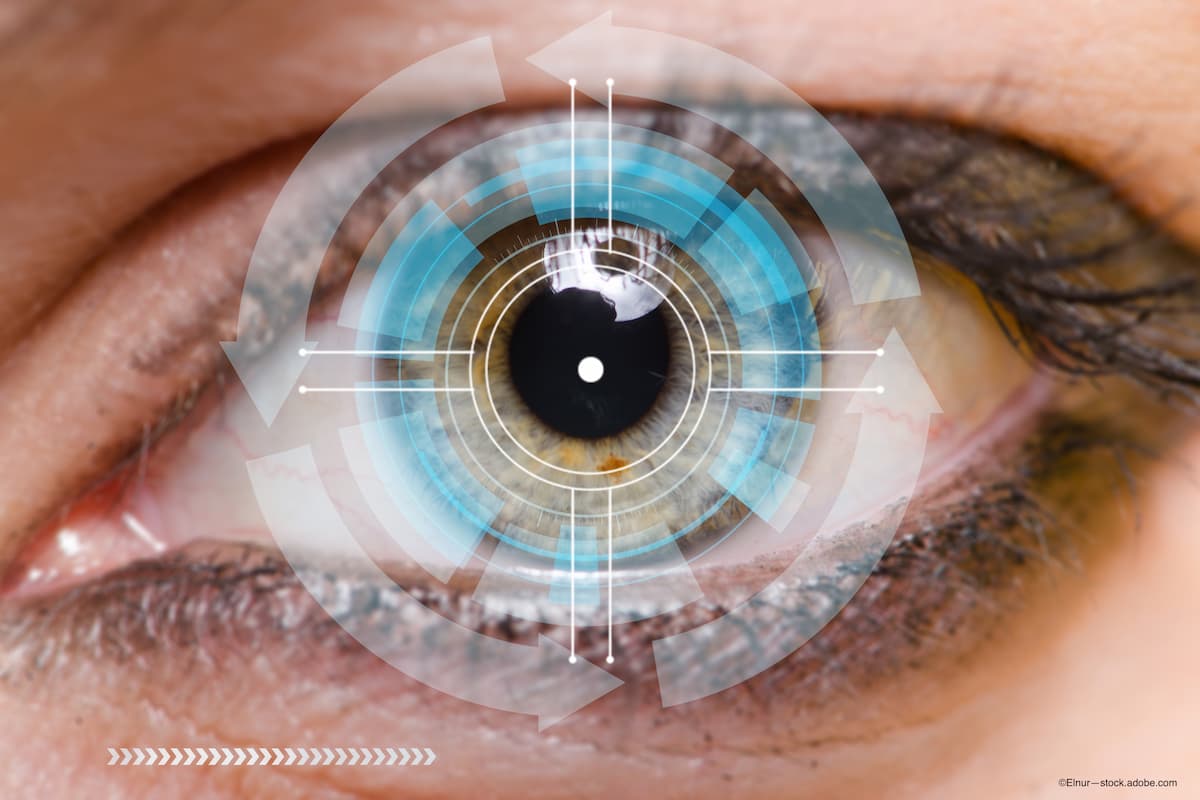

Joshua Mali, MD, talks about how the FDA approval of faricimab will change the treatment landscape for wet AMD and DME.

Genentech’s treatment of faricimab is the first and only FDA-approved medicine targeting two distinct pathways, angiopoietin (Ang)-2 and vascular endothelial growth factor (VEGF)-A, that often cause retinal diseases that may cause visual loss.

A team of investigators are working on a simple test that may someday identify those who can stop therapy.

Across four studies, about half of eligible faricimab patients were able to go 4 months between treatments, and approximately three-quarters could be treated every 3 months or longer. Two papers published in The Lancet highlight one-year results.
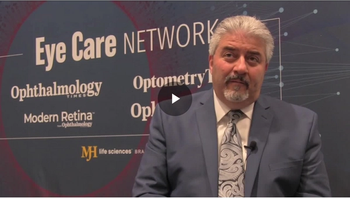
Firas Rahhal, MD, discusses Outlook Therapeutics’ Phase 3 pivotal NORSE TWO trial for ONS-5010.

ASCENT, REGENXBIO’s Phase III clinical trial conducted in partnership with AbbVie, is expected to enroll patients in the United States and Canada, with pivotal trials expected to support BLA submission for RGX-314 in 2024.
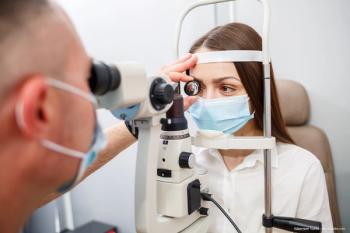
Real-world evidence is growing in importance as a source of information that can help support clinical decision-making when evaluated properly.

Current options, challenges in developing novel therapies.

First annual Geographic Atrophy Awareness Week, hosted by Prevent Blindness, will be December 6-12, 2021.
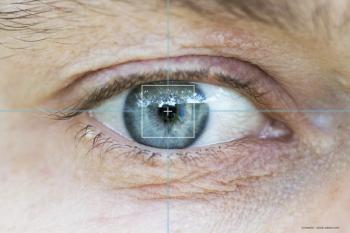
Patients can get real-time disease monitoring with self-operated device.
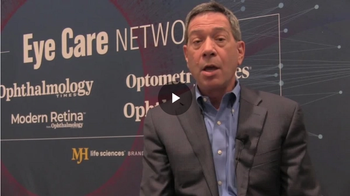
Jay Duker, MD, discusses EYP-1901, EyePoint Pharmaceuticals’ sustained-release anti-VEGF drug for the treatment of wet AMD.
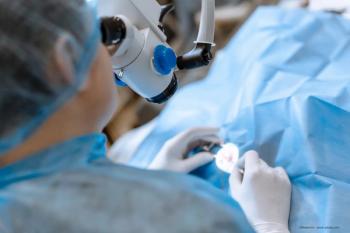
Options facilitate increased durability for patients with retinal degeneration.
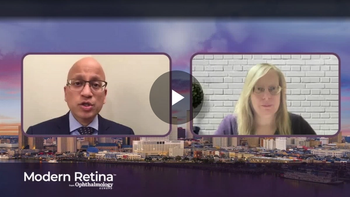
Sunir J. Garg, MD, speaks on the influence of COVID-19 universal face masking on the risk of endophthalmitis following intravitreal anti-VEGF injections.
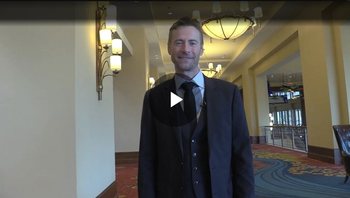
Nathan Steinle, MD, discusses top-line results of the OAKS and DERBY trials, testing the efficacy of pegcetacoplan for the treatment of geographic atrophy.
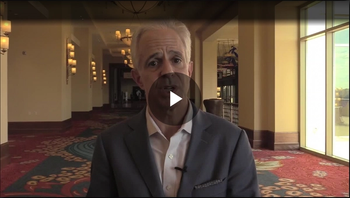
Carl Regillo, MD, takes us through the history of the port delivery system, from ideation to FDA approval.

Susvimo, previously called the Port Delivery System with ranibizumab, is a first-of-its-kind therapeutic approach for wet AMD and may help people with the disease maintain their vision with as few as two treatments per year.

During a presentation at the EURETINA 2021 Virtual Congress, Prof. Ben Burton detailed how dry AMD patients treated with photobiomodulation therapy have seen improvements in best-corrected visual acuity 9 months after treatment.
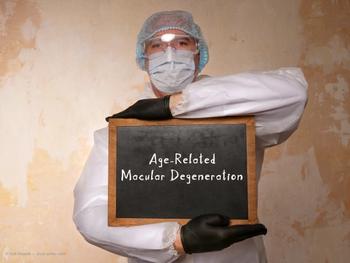
During a presentation at the EURETINA 2021 Virtual Congress, Daniel Jones, PhD, discussed GA and emphasized the need for additional study to gain a better understanding of the burden experienced by patients.
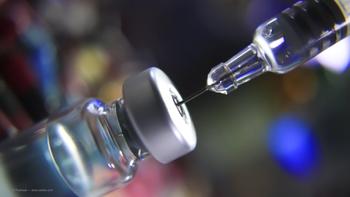
In a presentation at the EURETINA 2021 Virtual Congress, Cristina Cristian, MD, noted that an injection of brolucizumab treatment in patients with neovascular age-related macular degeneration led to a median improvement in visual acuity (VA) of 10.5 letters and the drug was well-tolerated.

Speaking during the EURETINA 2021 Virtual Congress, Marta Belmonte-Grau, MD, discussed the potential risk for posterior capsular rupture during cataract surgery.

Investigators find imaging method may be useful to monitor disease progression.
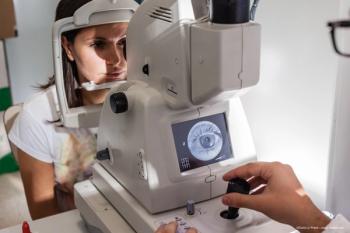
Novel treatments may be on the horizon for the advanced form of age-related macular degeneration.
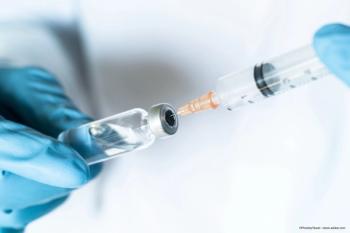
Ophthalmologists face challenges of drug delivery for retinal diseases.

Key takeaways from a discussion on the management of age-related macular degeneration, diabetic macular edema, and inherited retinal disease and insight regarding what to look forward to as the field advances.
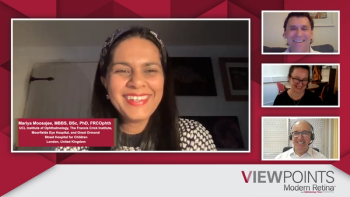
The impact of the COVID-19 pandemic on the management of patients with retinal disorders and considerations for how new practices may be adopted into future practice.